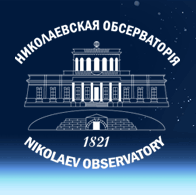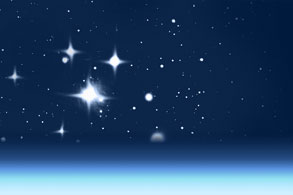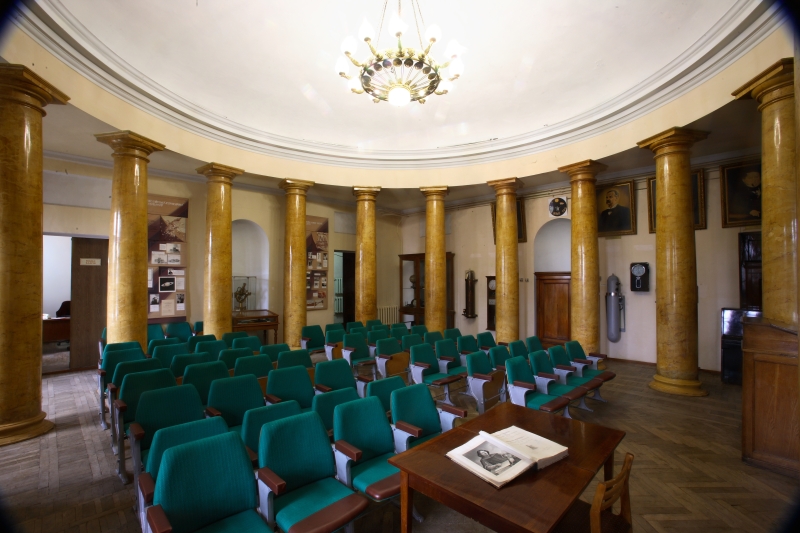|
2010-10-26 12:52:01
Along with the main research activities, scientific and educational work is carried out in the Research Institute Nikolaev Astronomical Observatory. Old astronomical instruments, a collection of astronomical clocks, old books, photographs, paintings and charts have been saved in order to popularize the astronomy. All the instruments are in the museum of RI NAO. Currently, the museum includes over 150 exhibits. The exhibition is located in the Round hall of Main building and in two astronomical pavilions. The collection of astronomical clocks is presented in the Round hall. It contains a number of unique high-precision mechanical clocks made in the 18-20 centuries by English, Dutch, German and local well-known artists. Mechanical astronomical clocks were used in observations nearly half a century. Much attention in the manufacture of clocks had been given to the art part: the watchcases inlaid with metal, decorated with carved metallic details and a clock pendulum. In addition to the collection of clocks there are chronometers, astronomical alarm clock and Favorzhe dial. There are "Bamberg 6353” transit instrument, a portable vertical circle by Repsold firm (D = 40mm, F = 500mm), made in 1868 to determine longitude and latitude of points on the Black Sea coast, a new collection of astronomical geodetic and navigational instruments in the Round Hall. Also there are instruments related to the period of the Naval Observatory: Negretti Zambra sextant, sundial made by Moscow ZETER firm, Lambrecht polimetr, marine compass, compass made by Brouwer's firm (St. Petersburg), the standard of Fortin meter (1830) and etc. There is a big portrait gallery of famous personalities and directors of the observatory. It is a gift from the Nikolaev artist I.O. Myalo to the 185-year anniversary of the observatory. Collection includes 12 portraits, including portraits of G.A. Potemkin, the founder of Nikolaev city, Admiral A.S. Greig, the founder of the Observatory , the first three directors of Pulkovo Observatory, etc. By the way, the author of portraits is a great-niece of I.I. Ponomarenko, the mechanic of our observatory. In show-cases of the museum there are some outstanding published works of directors and astronomers of the past and proceedings of observatory of recent years. Photo stands of the museum reflect important moments of scientific and practical activity of the observatory from its foundation till the end of the 20th century: Observations on telescopes and the constructions of pavilions, the Time service, and astronomers work in expeditions to island Shpitsbergen and to the North Caucasus. A special stand is dedicated to the axial meridian circle that earned the status of national property of Ukraine in 1999. The center of the Round hall is marked with a sign on a granite plate. A four-rayed wind-rose is represented on a granite plate, with a 575 mm diameter and 22 mm thickness. It is directed along the meridian (the longer ray) and the first vertical (the shorter ray). The two perpendicular rays correspond to the stylized profile of meridian instruments such as meridian circle and a transit instrument which were the first instruments of the Nikolaev observatory. The longitude and latitude measured and calculated by K. F. Knorre are indicated on the plate. Meridian circle and vertical circle by Repsold firm are situated in two different pavilions. They have been restored and transferred to the museum of RI NAO. Repsold Meridian Circle (D = 150mm, F = 2150mm) was ordered by Repsold company (Hamburg) in 1834, for Pulkovo Observatory by the famous astronomer V. Ja. Struve. More than a hundred years the observations were carried out on it. The instrument was badly damaged during the World War II. In 1955, it was moved to Nikolaev, and after repair and restoration, observations had begun. Nine different catalogs of star's positions had been received for more than 40 years. Repsold Vertical Circle (D = 108mm, F = 140mm) was ordered in 1897 from Repsold brothers firm in Hamburg by O.A. Backlund, the director of Pulkovo Observatory. In 1899, in Odessa department of Pulkovo Observatory the regular observations had started using this telescope. It was moved to Nikolaev in 1913. Observations on the vertical circle were carried out until 1985. Five absolute catalogs of stars declination had been received using it. |

Íàóêîâî-äîñë³äíèé ³íñòèòóò
Ìèêîëà¿âñüêà àñòðîíîì³÷íà îáñåðâàòîð³ÿ
̳í³ñòåðñòâî îñâ³òè ³ íàóêè
Ìèêîëà¿âñüêà àñòðîíîì³÷íà îáñåðâàòîð³ÿ
̳í³ñòåðñòâî îñâ³òè ³ íàóêè

 |
 |
 |
